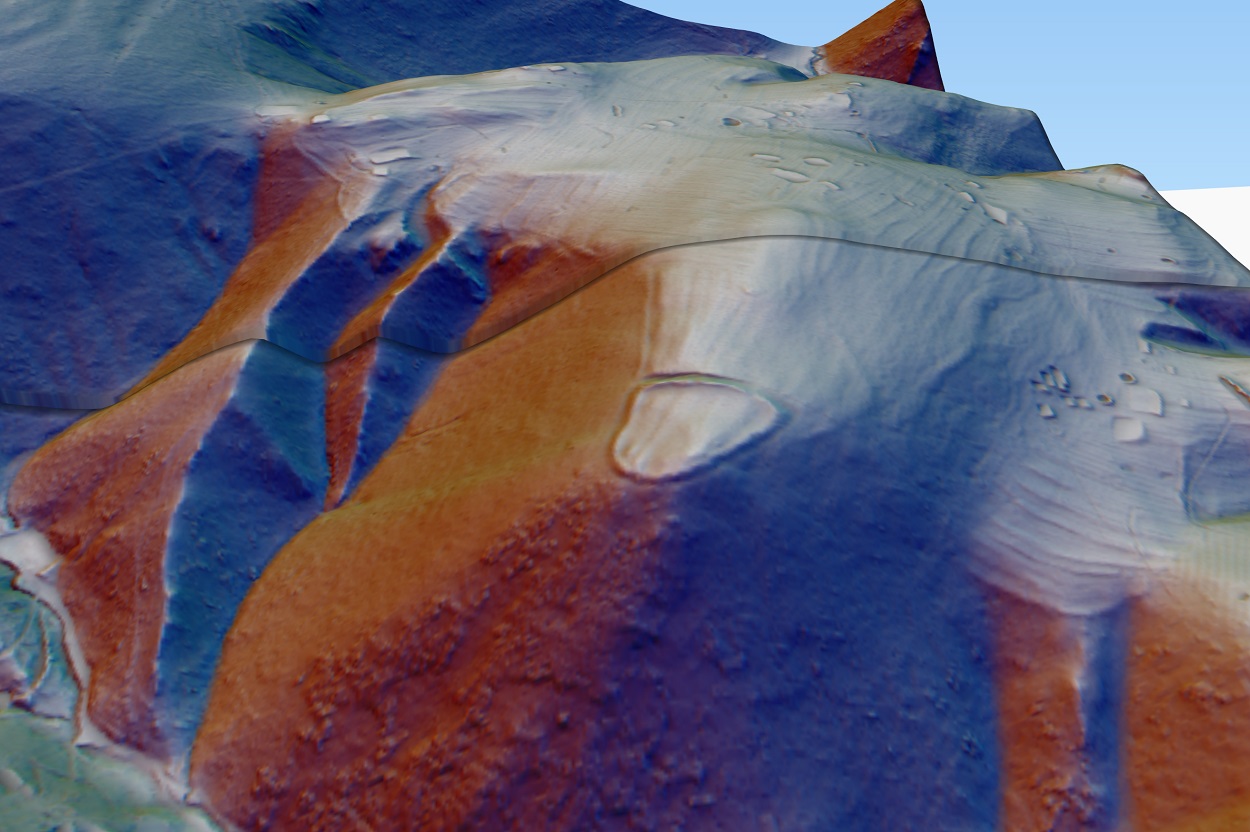Bodbury Ring is a univallate hillfort, strategically located at the southern tip of Bodbury Hill in Shropshire, England.
Hillforts in Britain are known from the Bronze Age, but the main period of hillfort construction occurred during the Celtic Iron Age.
Hillfort fortifications follow the contours of a hill and consist of one or more lines of earthworks or stone ramparts, with stockades or defensive walls, and external ditches.
Archaeologists from Time Team and the Universities of Chester and York, recently conducted a study of Bodbury Ring using light detection and ranging (LiDAR).
Light Detection and Ranging (LiDAR) is a remote sensing technique that employs pulsed laser light to measure distances to the Earth. By analysing variations in the return times and wavelengths of the laser pulses, this method can generate a detailed 3-D digital map of the landscape.
The study has revealed that Bodbury Ring is six times larger than previously thought and is part of a much larger hillfort which enclosed the entirety of the ridgetop on Bodbury Hill. This larger hillfort shares some characteristics with examples known to have originated in the Late Bronze Age.
Professor Ainsworth from Time Team said: “The earthworks of Bodbury Ring, it seems, were constructed to form a small, more easily defended fort at the southern tip of the original hillfort, possibly in the Middle Iron Age.”
“This prehistoric ‘downsizing’ may have resulted from increased tension in the region, reflecting possible changes in the geopolitical landscape of the times. Close by, on the northern side of Bodbury Hill, the remains of a probable Roman Iron Age enclosed settlement have also been identified for the first time,” added Professor Ainsworth.
Header Image Credit : University of Chester
Sources : University of Chester





